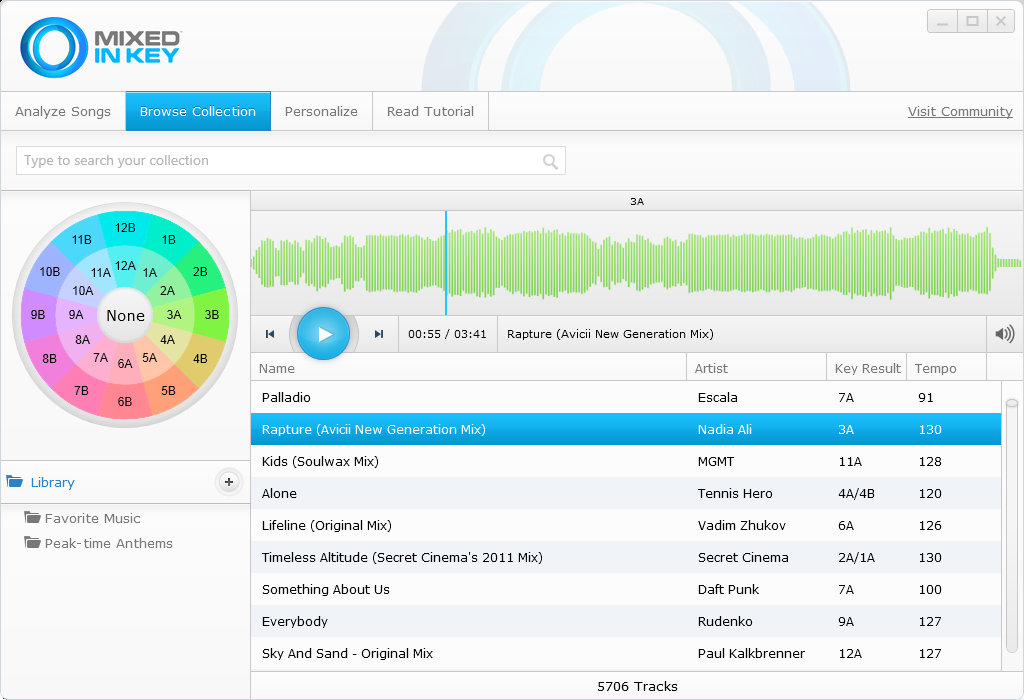

This review: (1) examines the literature to identify trends, accomplishments, and limitations of using satellite data to monitor plastics in water (2) identifies and compares traditional, and machine and deep learning satellite image classification methods for monitoring plastics in water and (3) identifies research gaps and summarizes future perspectives and recommendations to improve monitoring methods. The study purpose of this review is to analyze advances in emerging technology such as the use of satellite sensors to monitor the occurrence of macro- and microplastics in freshwater, ultimately aimed at creating new operational monitoring solutions. This provides a possible solution to these challenges by minimizing the fieldwork required and therefore reducing the costs and sampling time.
Mixed in key satellite free#
There is increasing availability of free big geospatial data (amounting to petabytes/day) from satellite sensors for potentially monitoring plastics. Thus, insufficient monitoring data limit our understanding of the true quantities and persistence of plastic particles in aquatic ecosystems, as well as the extent to which they impact the aquatic environment. Traditional methods of monitoring plastics in water are constrained by high sampling costs, intensive labor, and limited temporal and spatial coverage, which results in limited monitoring data. Despite increasing levels of pollution in aquatic ecosystems, there are insufficient monitoring data to evaluate the extent of the catastrophe. Plastics in water (in their different forms, macro-, meso-, micro-, and nanoplastics) are contaminants of emerging concerns that have since evolved to be a global environmental threat. Therefore, it presents a global environmental catastrophe that requires immediate attention. Obviates the need for active polarization tracking.Plastic pollution in aquatic ecosystems has been identified as a growing global water pollution threat that is negatively impacting water quality and, as a result, affecting the health of humans, aquatic animals, and wildlife. We also develop an algorithmicĪpproach to optimize the trade-off between the key rate and QBER. Polarization rotations through optical fibres. The protocol performance is independent of local ByĬonsidering a representative 1 ns coincidence window span, we are able toĪchieve a quantum-bit-error-rate (QBER) of $\approx 5\%$, and a key rate of Polarization-entangled photon pairs having $94\%$ fidelity with $\ket)$ state and a concurrence of $0.92$. to exemplify the performance of our technique. Particular variant of a QKD protocol using quantum entanglement as a resource Proof-of-principle demonstration, we implement an in-lab BBM92 protocol - a Maximum (anti-)correlation in the measurement outcomes of both parties. We then evaluate the optimal measurement bases at Bob's end that leads to the We first perform a state tomography to reconstruct the output density matrix. In this work, we propose an alternative approach where Conventionally,Īn active feedback-based mechanism is employed to achieve real-time Transmission through optical fibres, or atmospheric turbulence. Polarization degree of freedom of single-photons getting affected while In particular, one of the major challenges is the

However, the endeavour isĬhallenging in many aspects.

Long-haul photonic-implementation of QKD protocols. There has been an ongoing surge of interest in implementing Parties to share a secure key string, which can be used in one-time padĬryptosystem.
Mixed in key satellite pdf#
Download a PDF of the paper titled Polarization correction towards satellite-based QKD without an active feedback, by Sourav Chatterjee and 3 other authors Download PDF Abstract: Quantum key distribution (QKD) is a cryptographic protocol to enable two


 0 kommentar(er)
0 kommentar(er)
